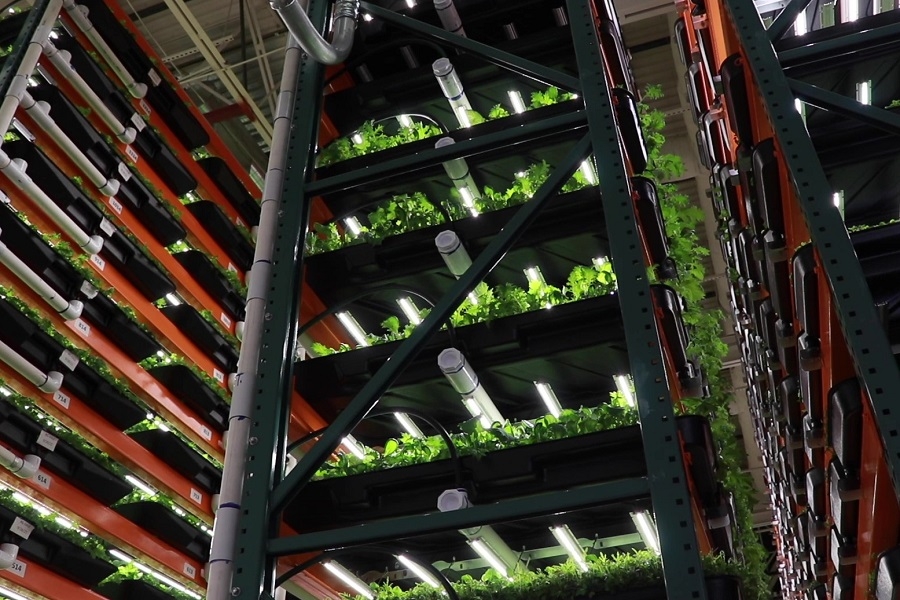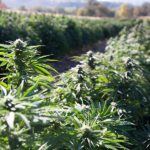As supply chain issues and inconsistent crop yields intensify, large vendors look increasingly to the evolving field of indoor farming to supply produce.
On Sept. 28, Forward Greens — an indoor farm based in Vancouver, Washington — announced it would partner with grocery chains Safeway and Albertsons to sell its salad blends in stores across Oregon and Washington.
The move is a significant win for the company, and one that highlights the growing influence of indoor farming overall.
Typically, indoor farms have only been able to satisfy demand for smaller plants — mainly herbs — but as outdoor farm yields become less consistent, and consumer preference for sustainability and local supply chains grow, large vendors have begun to see indoor farming’s appeal.
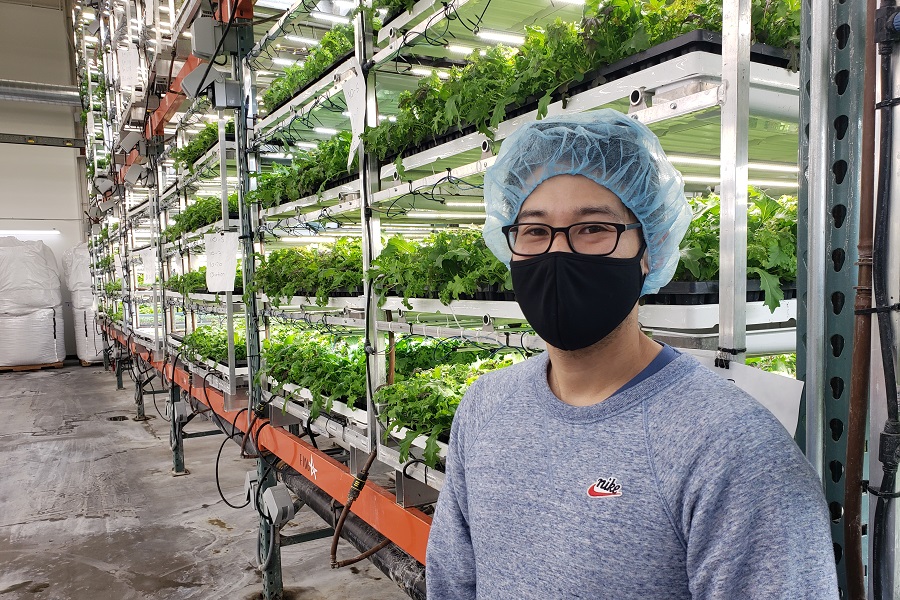 Forward Greens Founder Ken Kaneko. Photo: Sander Gusinow
Forward Greens Founder Ken Kaneko. Photo: Sander Gusinow
By using significantly less resources, having faster maturation times and longer product shelf life, indoor farms — often called “vertical farms” for their ability to stack plant beds on top of one another — are increasingly showing their potential. Even without receiving the generous subsidies granted to conventional farms, existing indoor farming operations are scaling up and penetrating the vegetable market like never before.
Ken Kaneko, Forward Greens’ founder and CEO, got the idea for the business on a business trip to Japan, where indoor farming is much more popular — and he wants to compete with conventional farms.
In order to continue scaling his operations, Kaneko designed the vertical irrigation system using easily-accessible, mass-manufactured parts like PVC tubing.
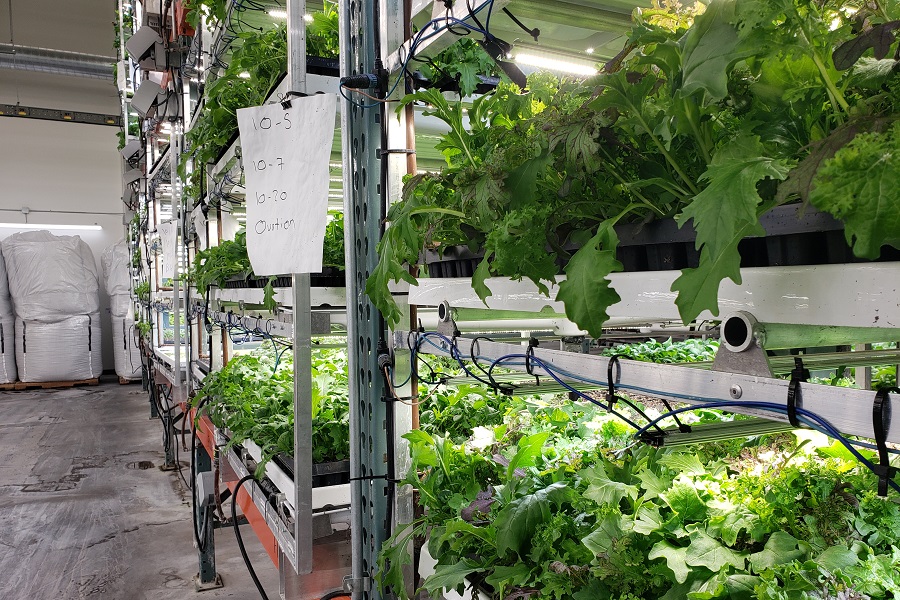 Leafy greens grow underneath LED lighting at Forward Greens. Photo: Sander Gusinow
Leafy greens grow underneath LED lighting at Forward Greens. Photo: Sander Gusinow
“Other indoor growing operations use niche parts and techniques that cannot be scaled. Our pallet-racking system uses the most available parts in the world. If you bring a warehouse guy in here, they will be very comfortable,” he says.
For large vendors, the appeal of vertical farming is that it can be far more efficient than conventional farming.
Forward Greens only consumes 5% of the water a conventional farm would need to produce the same amount of food. It also produces them faster. And depending on the crop, plants can mature in half the conventional time under controlled greenhouse conditions.
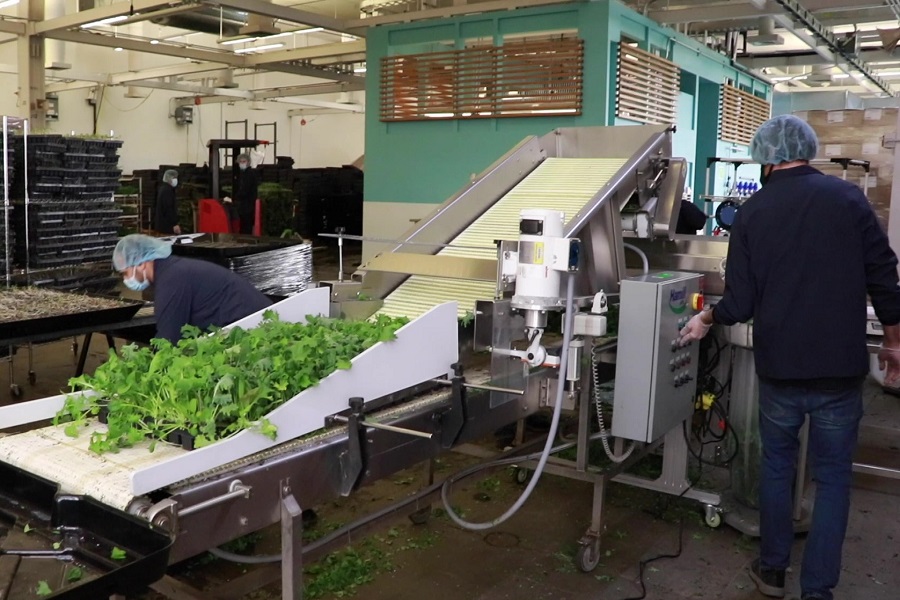 A conveyor belt processes salad greens at Forward Greens. Photo: Sander Gusinow
A conveyor belt processes salad greens at Forward Greens. Photo: Sander Gusinow
And because vertical farms can be located in urban warehouses, the distance to vendors is shorter — which can extend the sell-by date by as much as a week.
Perhaps most significantly, indoor soil tubs don’t need to lie fallow between plantings. Vertical farmers can reuse their growing space instantly.
“It’s pretty remarkable when you crunch all the numbers,” says Kaneko.
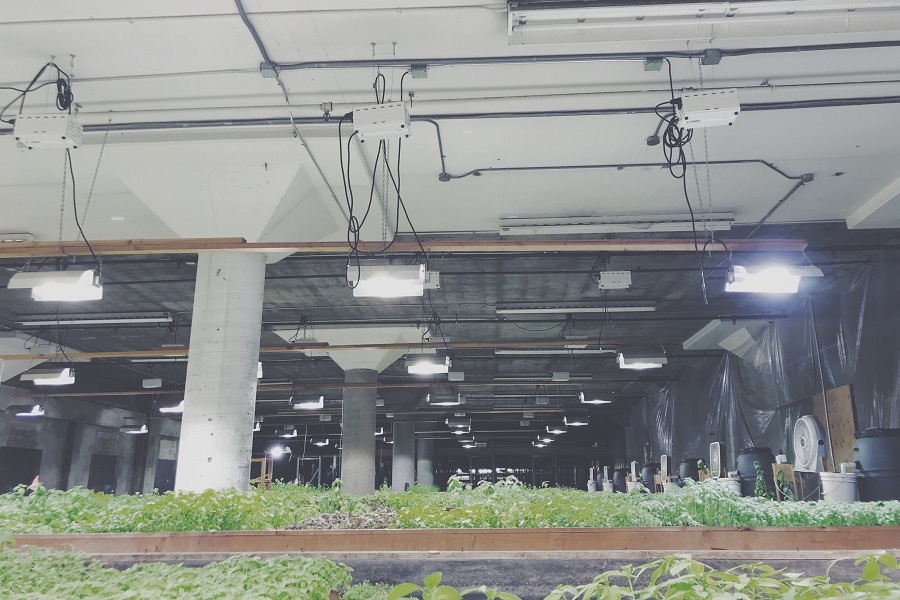 Rows of greens are cooled by fans at Live Local Organic in Milwaukie. Photo Live Local Organic
Rows of greens are cooled by fans at Live Local Organic in Milwaukie. Photo Live Local Organic
Vertical farming is not without its challenges. A 2019 study from the Wageningen University in The Netherlands found that while vertical farming greatly reduces water, land use, and CO2 emissions, they also required more electricity due to ventilation and humidifying needs.
Kaneko already has his eyes set on growing different crops, including shallots and peppers. But while any vegetable can hypothetically be grown indoors, leafy greens like bok choy, kale and chard tend to be easiest to grow vertically.
But larger, easily bruised plants like eggplants can be damaged unless a chassis is installed beneath the bin. Vine crops — such as watermelons, pumpkins and cucumbers — are naturally pollinated outside, but need to be hand-pollinated inside.
Other plants do not always come out looking the way customers expect. Anyone who has grown carrots knows the stubby, awkward shapes the vegetables can take when coming out of the ground; conventional farmers often grow them in molds to give them the long, tubular shape customers expect — but that doesn’t work well in an indoor farm.
Political headwinds are also against them. A 2019 paper published by the Nicholas School of The Environment at Duke University said vertical farming would be “unlikely to flourish” unless given the same subsidy opportunities as conventional farms.
But COVID-19 and the global supply chain disruptions may have forced the issue. Kaneko says the global supply chain disruptions of late have forced big-box vendors to consider large-scale local suppliers.
“People are talking about supply chains now more than ever,” he says. “They see their company’s business model could be at risk if supply chains are disrupted.”
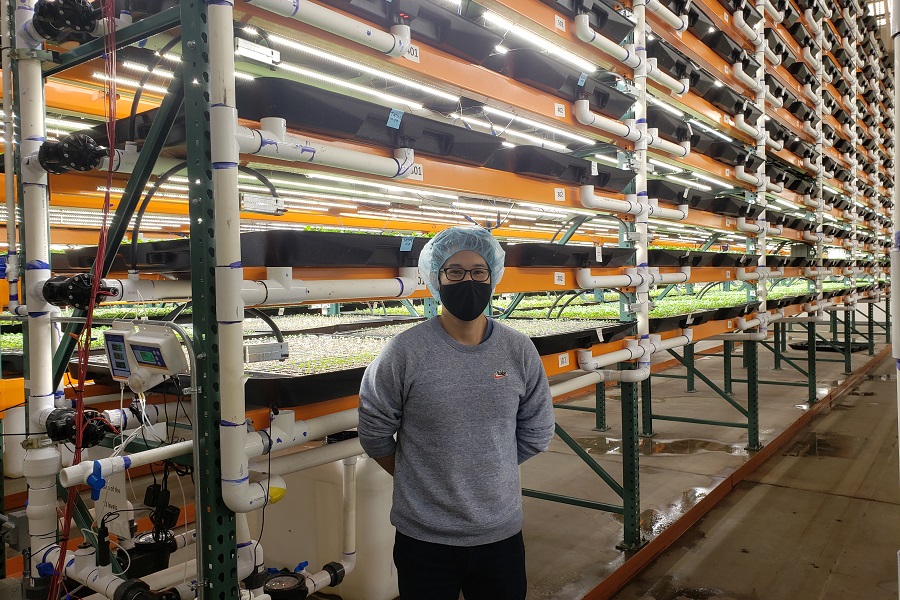
Ken Kaneko poses in front of his vertical farming system. Photo: Sander Gusinow
That is not to say indoor farms have not been able to find public support. Due to indoor farming’s drastically lower carbon footprint, environmental funds are already championing them.
Live Local Organic, an indoor farm in Milwaukie, has also begun offering microgreens at select New Seasons markets. Grant opportunities, including the Rural Energy for America Program (REAP) grant, and assistance from the Oregon Energy Trust, allowed the company the opportunity to scale up. Before that, the farm grew herbs like basil.
The company is also in talks with QFC about selling its products in stores.
Joel Kelly, founder and COO of Live Local Organic, says he expects the scaling operation will be completed next year — a project which involves building up to use more vertical space and increasing plant density.
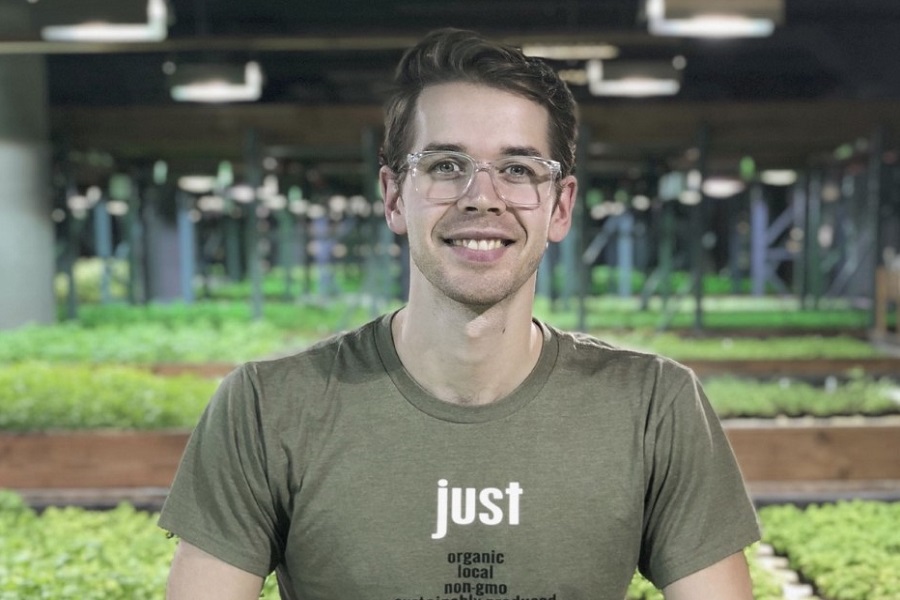
Joel Kelly, founder and COO of Live Local Organic. Photo: Live Local Organic
If vertical farms can continue to show their merits to large vendors, most of these issues will be solved with time. Perhaps the biggest challenge in vertical farming is the fact that everyone is still figuring it out. The best practices in lighting, irrigation, stacking and variety of crops are still a subject of discussion.
At present, the indoor farming space is a wild west of differing ideas and best practices.
“The market is super fragmented right now. Everyone thinks they’ve figured out the secret sauce. It’s challenging because a lot of people in the industry claim to be experts but really don’t know what they’re talking about,” says Kelly.
Kelly, who teaches indoor farming classes, says there is a great deal of misinformation in the industry about what works and what doesn’t, frequently coming from ex-vertical farmers with techniques coming from failed vertical farms.
Kaneko agreed, saying the “tribal knowledge” doesn’t really exist in the industry just yet.
But both founders acknowledged that vertical farmers have a lot to learn from one another. Once more players enter the space at sufficient scale, the exchange of ideas could be quick.
“We’re not competing with each other, we’re competing with megafarms and Monsanto,” says Kelly. “The innovation is just starting to heat up. We’re right at the beginning of this industry. In five years it’s going to explode.”
To subscribe to Oregon Business, click here.


